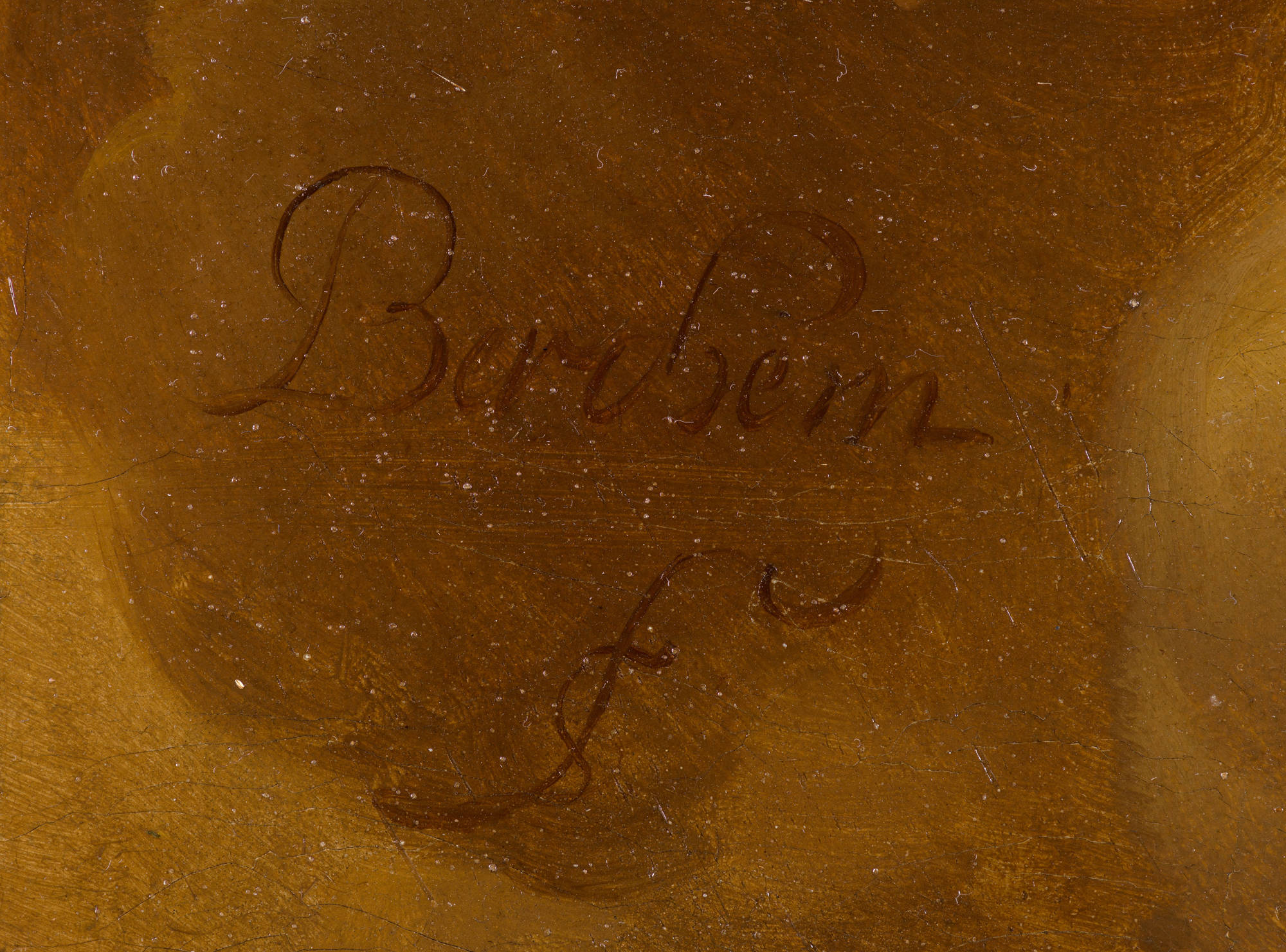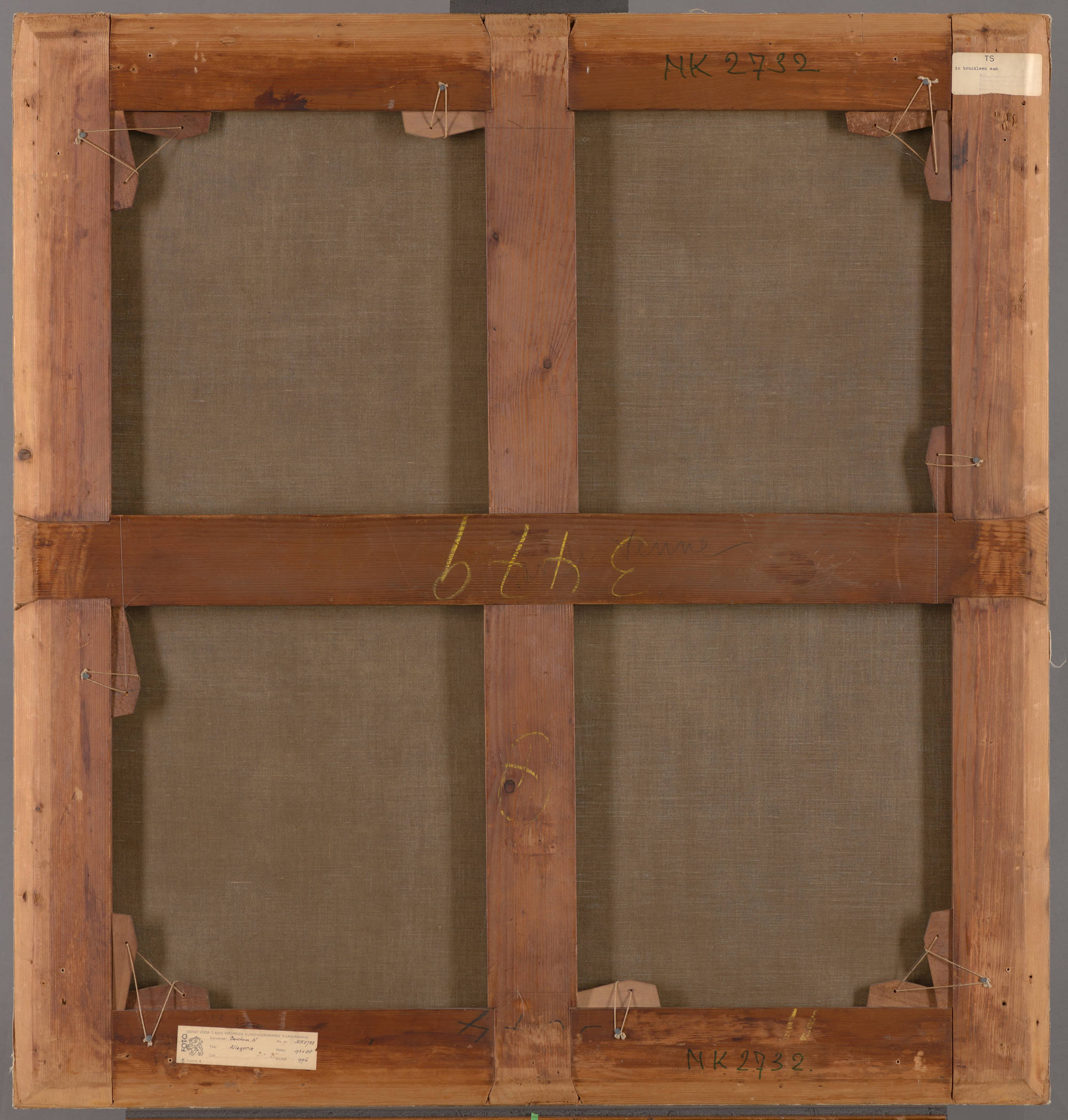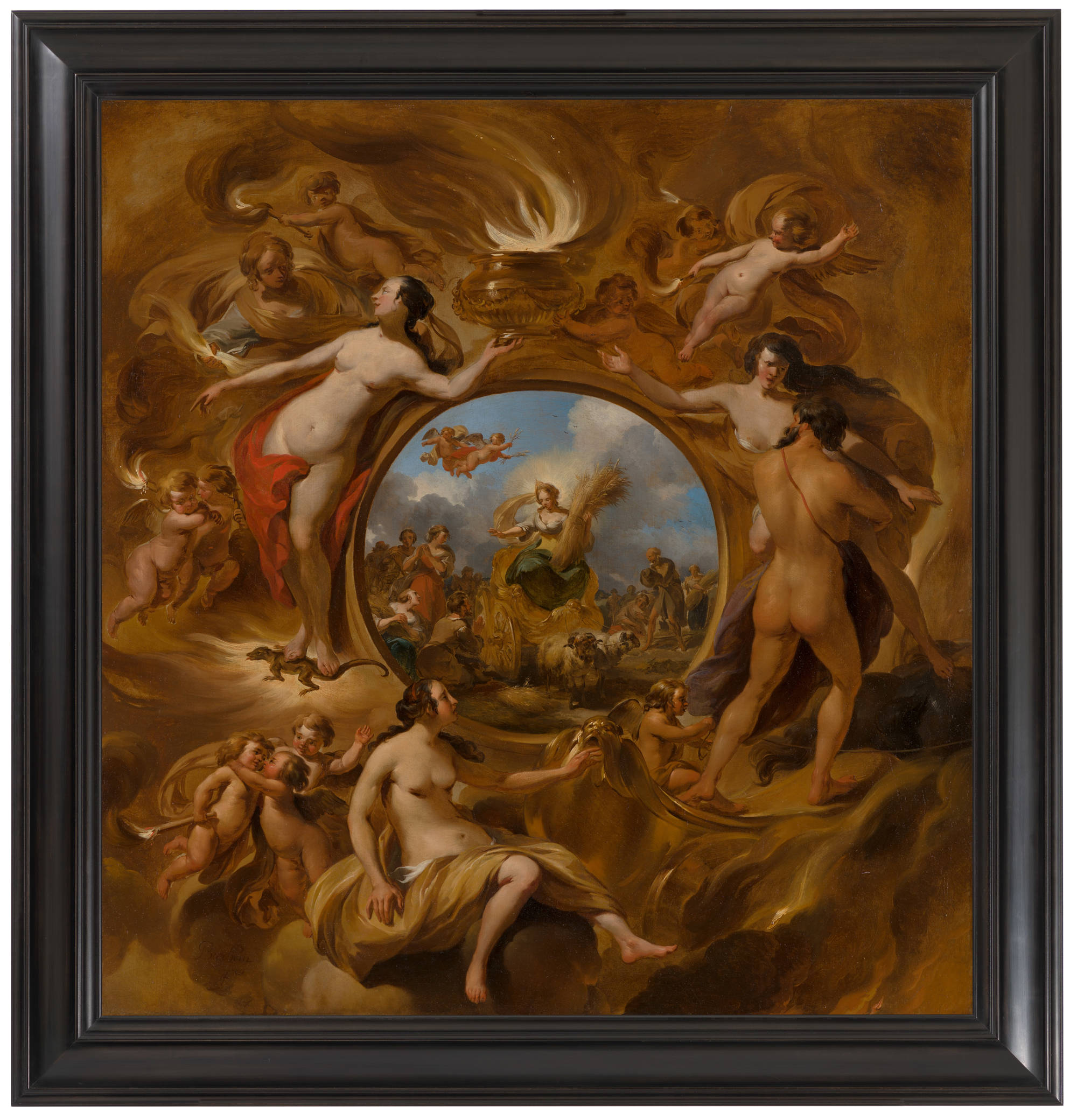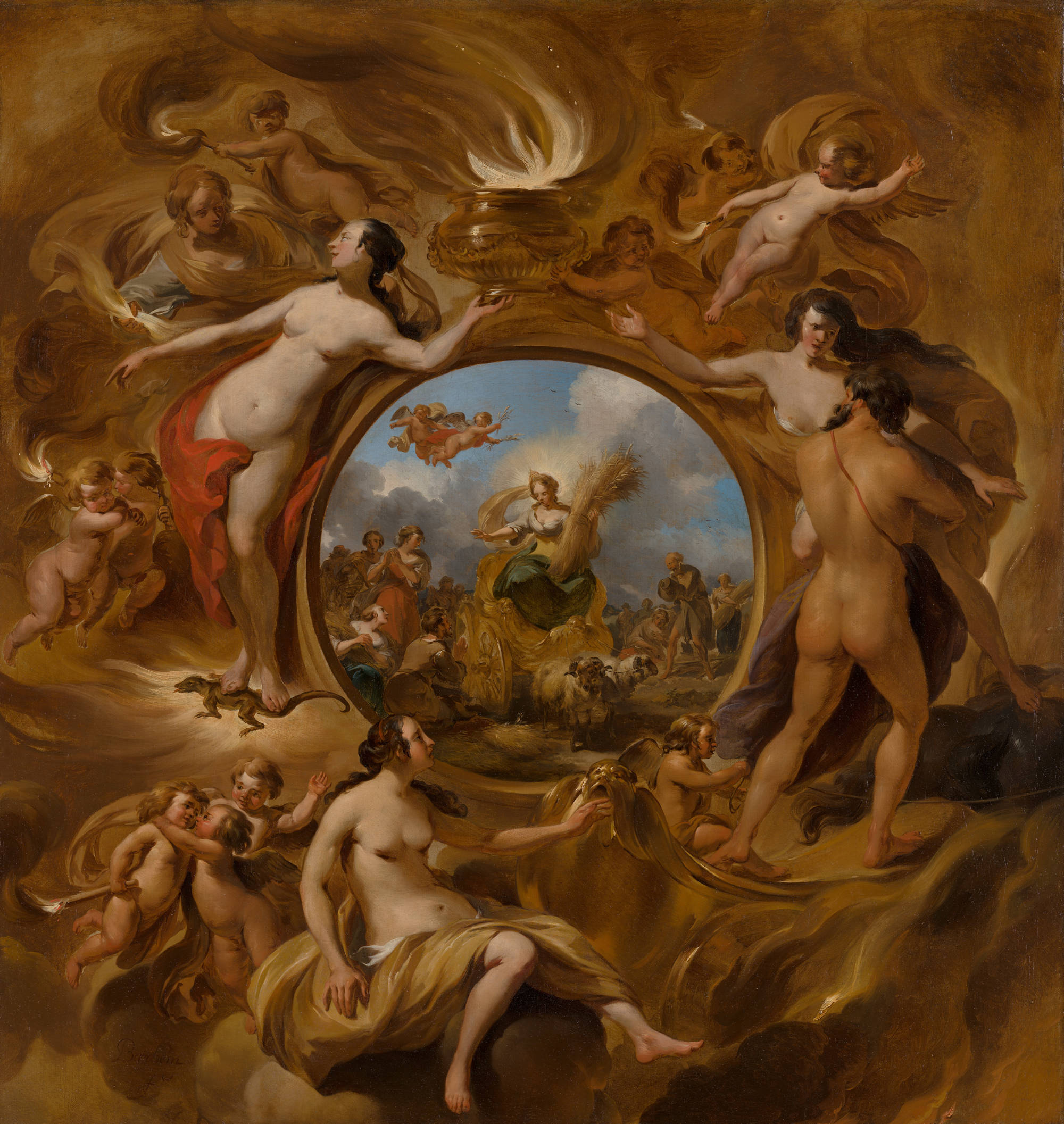Origen
Herman van Swoll, Amsterdam, c.1670-1698; his sale, Amsterdam, 22 April 1699, no. 20 (the entire series for 570 guilders); private collection, Amsterdam; anonymous sale, Amsterdam, 13 July 1718 (Lugt 267), no. 5 (the entire series for 505 guilders); sale Amsterdam (Daniel Adrianus Beukelaar), 22 May 1731 (Lugt 409a), no. 1; Morel collection, Paris; Morel sale, Paris (Lebrun), 3 May 1786 (Lugt 4025 and 4040), no. 70 (the entire series for 7801 livres to Langlier); Jacques Langlier Gallery, Paris, 1786-1789; his sale (‘Lenglier’), Paris (Lebrun), 15 April 1789 (Lugt 4422 and 4429), no. 50 (unsold); private collection, Paris, until 1834; Marseille Middleton Holloway, London; his sale, London, 1872 (the entire series for 170 pounds to Nieuwenhuys); Charles J. Nieuwenhuys Gallery, Brussels and London, 1872-1886; his sale, London (Christie’s), 17 July 1886 (Lugt 45927), no. 55 (together with inv. no. 1220 for 49 guineas to McLean); McLean collection, London; Eugène Fischof Gallery, Paris (together with inv. no. 1220); anonymous sale, London (Christie’s), 22 June 1901, no. 3; anonymous collection, United States, until 1924; A.- G. (Boehler & Steinmeyer) Gallery, Lucerne, 1924-1927; D. Katz Gallery, Dieren, 1927; A.- G. Luzern (Boehler & Steinmeyer) Gallery, Lucerne, 1934; anonymous collection, The Netherlands, 1934 (via D. Katz Gallery, Dieren?); sale The Hague (Van Marle and Bignell), 3 May 1944, no. 10 (offered for sale by ‘Schilderijen en Antiquiteitenhandel v/h D. Katz N.V.’, Dieren/The Hague; for 10.500 guilders to Dik on commission of Schmidt); J. Dik Gallery, Amsterdam, 1944; Führermuseum, Linz (Linz number 3479; bought for 12.180 guilders from Dik); Central Collecting Point, Altaussee, 1945; Central Collecting Point, Munich, 8 July 1945-8 July 1946; NK collection (inv. no. NK 2732), since 1946, kept by Stichting Nederlands Kunstbezit (SNK) / Rijksdienst Beeldende Kunst (RBK), The Hague / Instituut Collectie Nederland (ICN), Amsterdam-Rijswijk / Rijksdienst voor het Cultureel Erfgoed/Cultural Heritage Agency of the Netherlands (RCE), Amersfoort-Rijswijk; on loan to the Kunsthistorisch Instituut, Utrecht, from 1948; on loan to the Prince William V Gallery, The Hague, from 1977; on loan to the Mauritshuis, The Hague, 1992-2010; transferred by the Cultural Heritage Agency of the Netherlands into the keeping of the Mauritshuis, 2010








